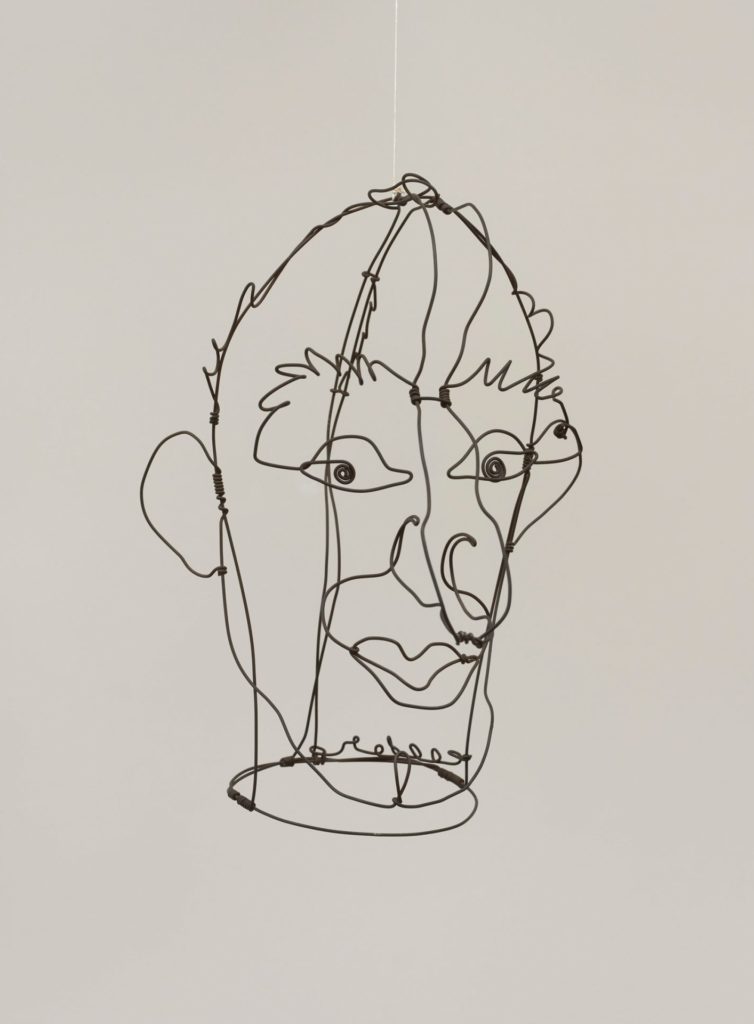
Colin Schrein, A&E Editor
Many musicians and artists have unique voices and styles in their art. Some have an easily identifiable style while others have more widespread characteristics. In developing a personal voice in art, there is usually a process of finding that voice through experimentation and exploration. Some artists find their style and stick with it their entire lives, while others are always growing and evolving, searching for themselves.
In the musical world, you can usually divide artists’ styles into different periods. Perhaps a band has a breakout debut album, marking their “signature” sound and by the end of their careers they have morphed into an entirely new genre. For Josh Tillman, known professionally as Father John Misty, certain aspects of personality are usually going to be present but evolution is always around the corner.
In his debut album “Fear Fun,” Tillman defines his now trademark commonalities as odd story-like lyrics, political criticisms and religious satire. These would become staple aspects of later albums, but on “Fear Fun,” he explores a folksy sound and more straightforward instrumentation. This album is what sparked his initial fame and put him on the map as a bohemian indie-rocker. In subsequent works, Tillman notches up his ambition, and by the time he releases his LP “Pure Comedy,” he is delving into deeply existential thoughts backed by lush string sections. Father John Misty is a perfect example of a progression through humor and seriousness, sparseness and eloquence, all the while maintaining a signature sound.
Alexander Calder was one of the most influential visual artists of the early-mid 20th century. His iconic mobiles and structural installments are what he is most widely known for, but before he moved into abstraction, he went through other phases. During the 1920s, Calder dabbled in wire portraiture, bending wires into shapes of human faces. “Jimmy Durante,” from 1928, balances between portraiture and caricature, with wire accentuating facial features and exploring the depth of space. This “drawing in space” style was much different from what his contemporaries were doing at the time and was deeply influential for artists that followed him.
A 1930 visit to Piet Mondrian’s studio prompted Calder to consider abstraction, as Mondrian’s bright and geometric paintings popped with primary colors. He was even cited saying he wanted to “make moving Mondrians.” He had been tinkering with tactile art for years but only now thought to extend it to more abstract ideas. It was in 1931 that Calder developed his first mobile- a suspended sculpture to move freely in the air. This would become his most notable contribution to art, fusing sculpture and movement. In finding this artistic voice of balance and flow in mobiles, Calder’s use of wire and experimentation with physical space stayed constant while he evolved somewhat from humanistic work to abstract work.
In looking briefly at two seemingly dissimilar artists, Father John Misty and Alexander Calder, there are in fact some parallels. Both developed key stylistic elements early on and incorporated them throughout their bodies of work – pseudo-humorous/pessimist lyricism for Father John Misty and structural forms of wire for Calder. Although they are defined by certain aspects of their art, it encompasses much more than just that. Every artist starts in one place and ends up somewhere else, in one way or another. Finding an artistic voice is an ongoing thing, evolution is natural with every found voice speaking for a part of yourself.